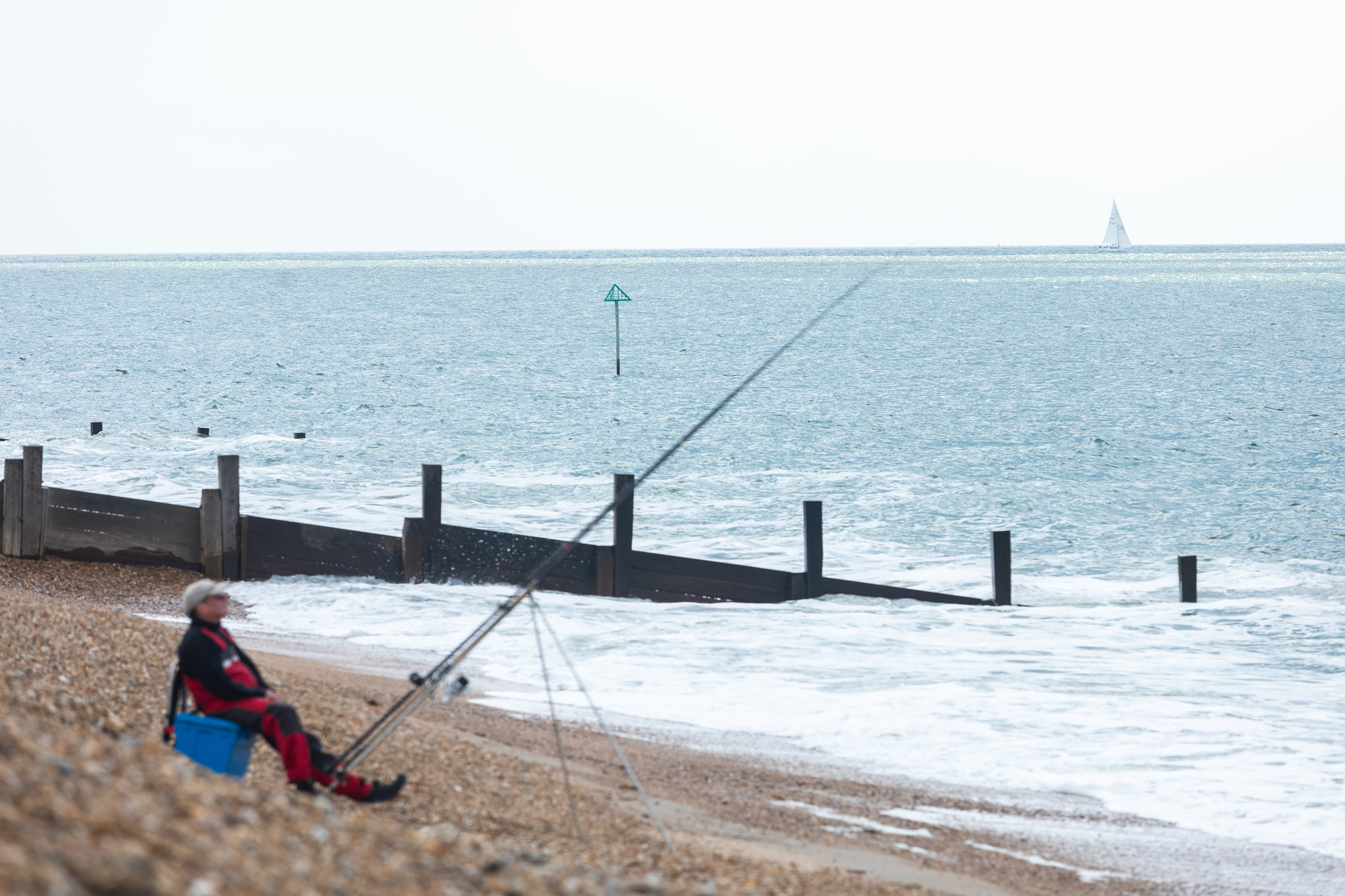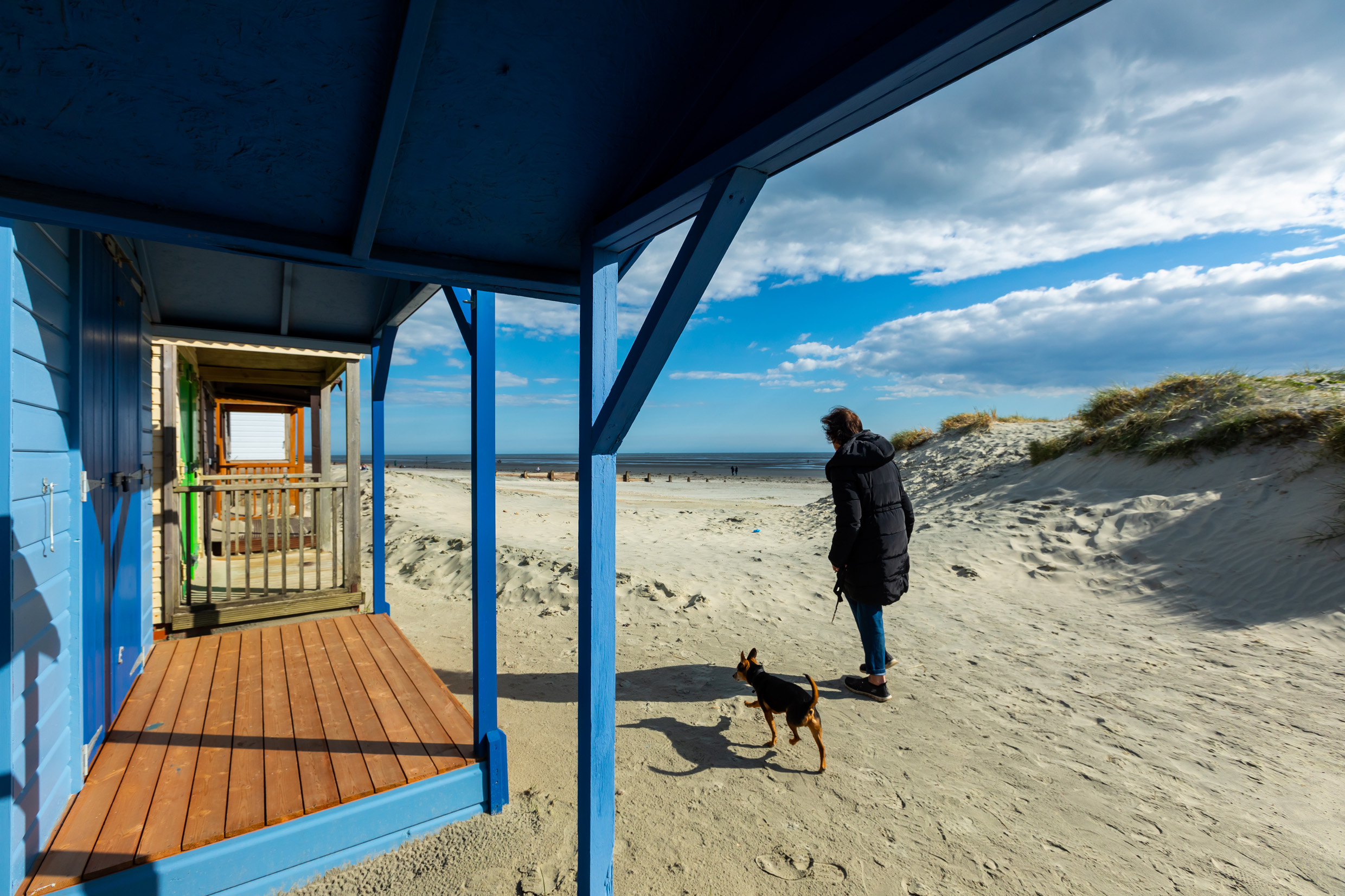Pathfinder projects
Our Pathfinder projects aim to reduce the use of storm overflows in our region. You can find out more and view our current projects here.
What is a pathfinder project?
A Pathfinder is a scheme where we trial solutions in a community to reduce local storm overflows. We believe the best way to do this is to slow the amount of surface water entering our sewer and prevent groundwater infiltration.
By taking a holistic approach to community wastewater management (including surface and groundwater), we can make sure we’re installing the most effective engineering solutions with the greatest added benefits for the environment.
During periods of heavy rain, excess surface water run-off can begin to overwhelm our sewer network. To avoid this, we use pressure relief valves known as storm overflows to release excess water. We're committed to reducing how much we use storm overflows. Our pathfinder projects involve finding and installing sustainable solutions to slow the flow of surface water into our sewers.
The Clean Rivers and Seas Task Force is responsible for delivering several pathfinder projects in the next two years (until March 2025).
How do we plan the projects?
Investigation
We used AI and enhanced analysis to figure out why storm overflows were happening, so we could plan the best solutions. We analysed 19,807 storm overflows to determine the following breakdown of root causes: too much rainwater 64%, groundwater infiltration 25%, multiple impacts 11%.

Rainwater
After detailed insight and surveying of the area, we decide which solutions to roll out. These are broken down into five steps:
1. Optimisation - reconfiguring our permits and existing sites to help us reduce storm overflows
2. Misconnections - redirecting surface water that has been misconnected into the foul/combined sewer
3. Household SuDS - rolling out ‘slow the flow’ measures at scale on properties in our catchments
4. Non-household SuDS - targeting large roof areas with ‘slow the flow’ measures to deliver impact
5. Highway schemes - large amounts of surface water come from public highways, influencing the design of placemaking schemes will be an essential part of the solution

What is groundwater infiltration?
Groundwater is the water found underground in the cracks and spaces in soil, sand and rock. Groundwater infiltration is when water from the ground squeezes its way into the system through underground public or private pipework.
If the system is filled with groundwater then there is less space for rain and wastewater, so the sewer system is more likely to become overwhelmed when it rains. This can result in storm overflow releases. This is what we're doing to reduce groundwater infiltration:
1. Relining our pipework to prevent excess groundwater entering the sewer system.
2. Sealing private pipework to prevent excess groundwater entering the sewer system.
3. Monitoring with temperature sensors, boreholes and pipe cameras.
4. Constructing wetlands to safely soak up, hold and pre-treat excess water.

How do the projects work?
Our pathfinder projects
We've identified three key focus areas to carry out our pathfinder projects. These areas pose complex challenges and have a higher volume of
storm overflow releases. They're also areas that need an innovative approach to tackling local wastewater treatment issues.








